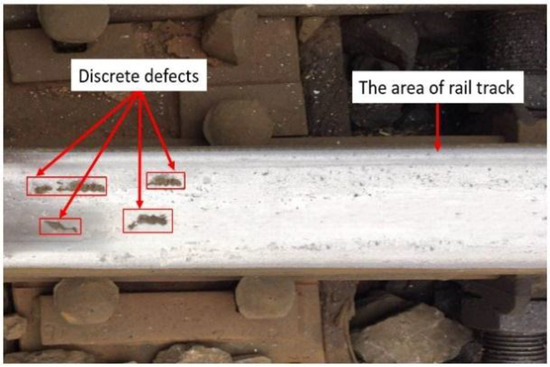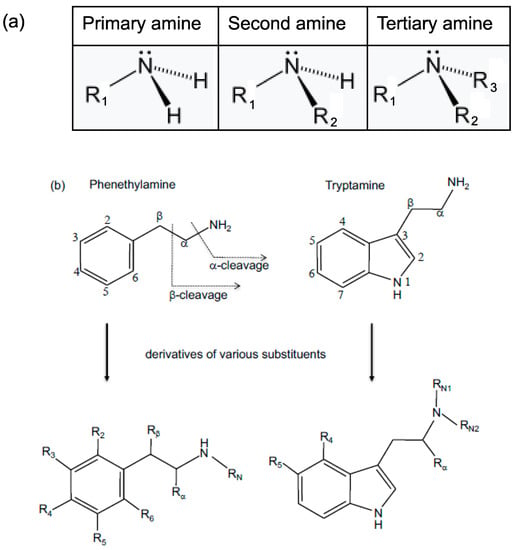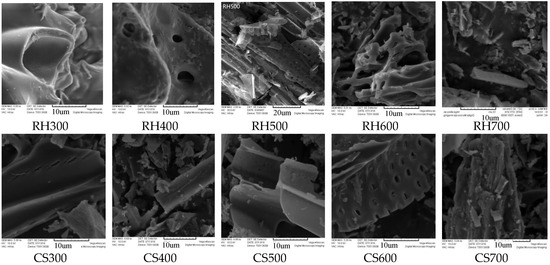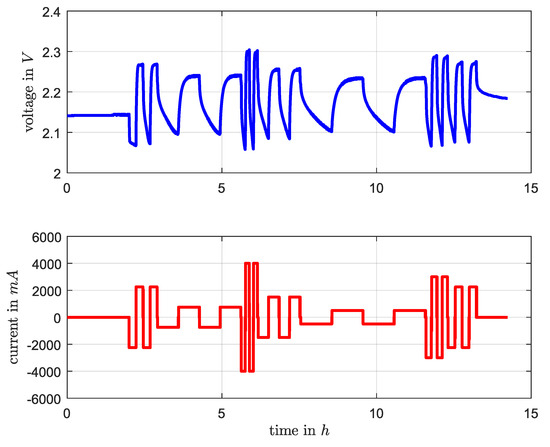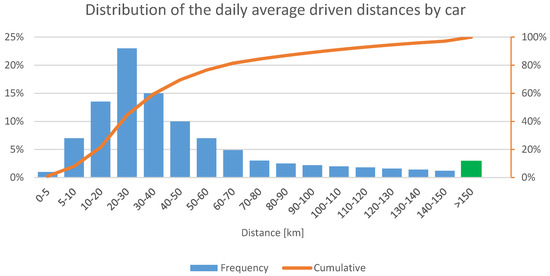Institute for Aero-Engine, School of Aerospace Engineering, Tsinghua University, Tsinghua Yuan No. 1, Beijing 100084, China
Appl. Sci. 2018, 8(7), 1030; https://doi.org/10.3390/app8071030 - 24 Jun 2018
Cited by 8 | Viewed by 3417
Abstract
The variable-speed rotor has proven to be a promising means to improve helicopter performance. Previous investigations on the aeromechanics of the variable-speed rotor are scarce. This work studies the mechanism of the variable-speed rotor affecting the rotor aerodynamic performance by means of dimensionless
[...] Read more.
The variable-speed rotor has proven to be a promising means to improve helicopter performance. Previous investigations on the aeromechanics of the variable-speed rotor are scarce. This work studies the mechanism of the variable-speed rotor affecting the rotor aerodynamic performance by means of dimensionless parameter analysis and reveals the various effect mechanisms under the various flight speeds and take-off weights. The current work shows that, during hover, the variable-speed rotor improves the rotor aerodynamic performance by reducing the blade dynamic pressure, while the non-uniform thrust distribution is attributed to the reduced rotor speed suppresses the performance improvement. In slow forward flight, the blade dynamic pressure reduction improves the rotor aerodynamic performance. In cruise and fast forward flight, both the blade dynamic pressure and advancing blade tip compression loss reductions improve the rotor aerodynamic performance. The study also shows that in forward flight, the rotor loading is smaller, and the effect of reducing the advancing blade tip compression loss through the variable-speed rotor is greater.
Full article
(This article belongs to the Section Mechanical Engineering)
▼
Show Figures



